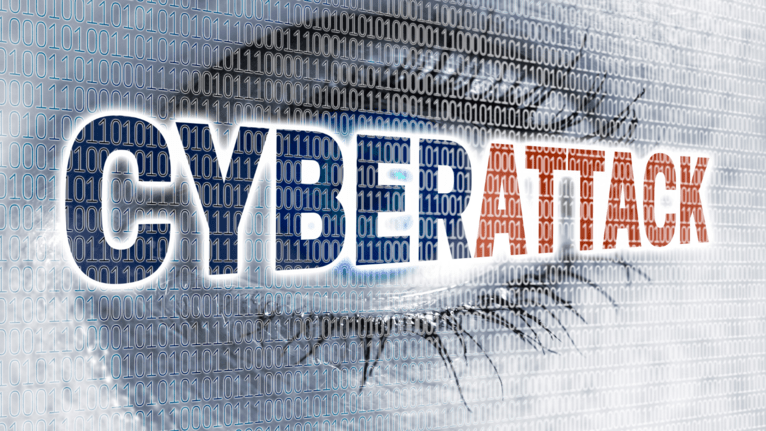Lateral movement
In the intricate realm of network security, the term lateral movement resonates with both intrigue and trepidation. Imagine a world where cyber attackers, armed with cunning techniques and technology, endeavor to extend their digital dominion beyond their initial breach.
Lateral movement encapsulates this pursuit as attackers seek access to other systems, often employing diverse strategies to bypass security measures and avoid detection.

At the genesis of lateral movement lies the notion of gaining initial access. Cyber adversaries take their first step onto the digital battlefield, whether through a successful phishing attack, exploiting vulnerabilities in operating systems, or even leveraging social engineering tactics. Once inside the network, their sights are set on expanding their reach, ultimately seeking access to sensitive data, administrator privileges, or even control over critical systems.
- Remote Desktop Protocol (RDP) emerges as a potent tool in their arsenal. Hackers might hijack an existing remote desktop session, enabling them to traverse the network without arousing suspicion. This method, however, is just one facet of a larger tapestry of lateral movement techniques that cybercriminals employ.
- To confront these malevolent endeavors, organizations deploy a multifaceted defense strategy. Network segmentation is a bulwark against unchecked lateral movement, cordoning off critical assets and systems to deter attackers' progression. Zero Trust architecture is an emerging paradigm that aligns with this strategy, demanding verification and authorization at every stage, regardless of a user's location within the network.
- Endpoint security solutions and Endpoint Detection and Response (EDR) platforms stand as stalwart guardians at the threshold of lateral movement. These solutions meticulously monitor network traffic, behavior analytics, and suspicious activities, aiming to detect lateral movement attacks and respond promptly with precision.
These systems bolster an organization's security posture by employing a Trust security strategy and arming security teams with threat intelligence and detection capabilities.
- Incident Response (IR) becomes paramount in the throes of a breach. Swift and methodical actions are required to detect lateral movement and sever the connection between the attacker and the compromised network. Threat hunting, an integral facet of incident response, involves proactively seeking traces of lateral movement within the network, minimizing dwell time—an attacker's duration remains undetected.
- Pass the hash and pass the ticket, techniques involving the exploitation of password hashes and Kerberos tickets, symbolize hackers' tactics to elevate their privileged access and execute lateral movement. Command and control centers—essentially, digital puppet strings manipulated by the attackers—allow them to steer their movement surreptitiously.
- Cloud security, an indispensable aspect of modern networks, extends the battlefront for lateral movement. Whether inside the network or in the cloud, attackers are relentless in their pursuit. Like their on-premises counterparts, cloud security strategies encompass monitoring network access, data exfiltration prevention, and enforcing access control to hinder lateral movement within cloud environments.
As lateral movement techniques evolve, so do the methods to detect and prevent them. Advanced security operations platforms integrate threat detection, intrusion prevention, and response mechanisms into a unified fortress. Multifactor authentication, a guardian of secure access, ensures that a single compromised set of login credentials cannot serve as a skeleton key for an attacker.
In a world where persistent threats loom significant and data breaches threaten the sanctity of digital experiences, detecting and preventing lateral movement is a critical endeavor. The lateral movement stages—initial access, privilege escalation, later spreading, and achieving objectives—underscore the gravity of fortifying a network against such incursions. In this dynamic landscape, where bad actors conspire to compromise security, organizations must embrace proactive measures, robust security solutions, and a vigilant security team. The quest to detect lateral movement isn't just a technological imperative—it's a mandate to safeguard the digital foundations upon which modern society rests.